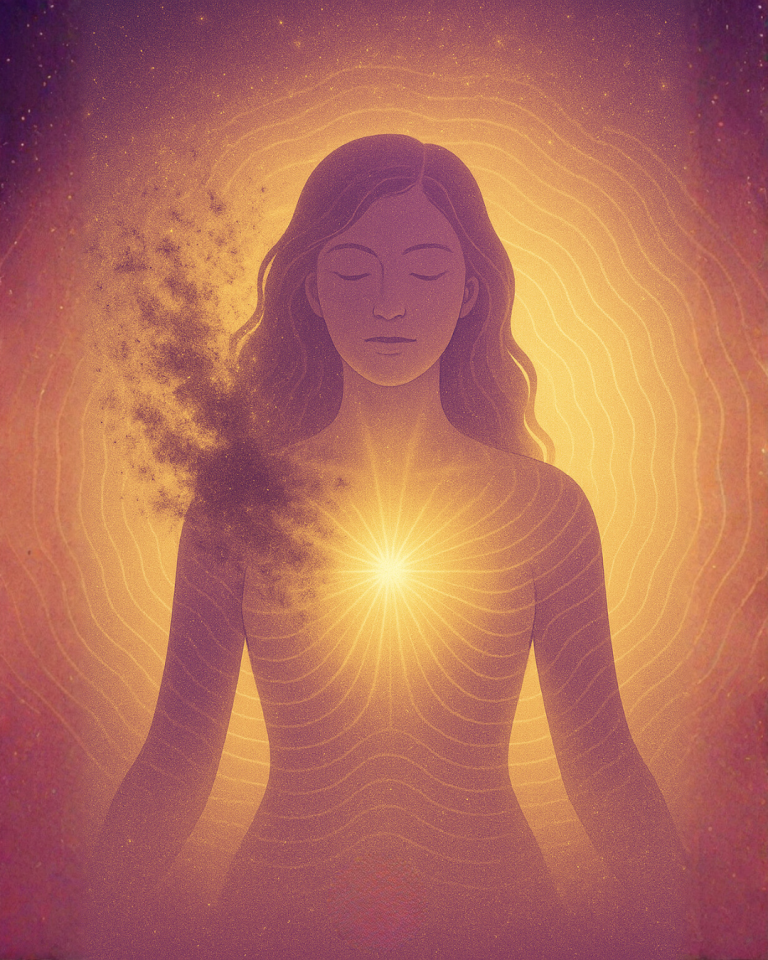Introduction
The color of your eyes is more than a cosmetic trait – it is a living record of adaptation, ancestry and the mysterious dance between genes and environment. Each hue tells a story about where your ancestors thrived and how they adapted to the sun, climate and survival challenges of their time.
What different colors reveal
- Brown eyes – The original human eye color, rich in melanin. Brown eyes protect against ultraviolet rays and are common in equatorial regions where sunlight is intense. They speak of ancestors who flourished under a hot sun.
- Blue eyes – Blue pigment actually comes from a lack of melanin. Light scatters in the iris to create a blue appearance. This mutation emerged in Northern Europe and may have conferred advantages in low‑light environments. It reminds us of migration and adaptation to colder climates.
- Green and hazel eyes – Rare and highly varied combinations of melanin and lipochrome pigments. Green eyes have long been associated with magic, mysticism and Celtic heritage. Hazel eyes shift between brown and green, hinting at a mixed genetic inheritance.
- Gray and amber eyes – Gray eyes are another variation of reduced melanin and are found in Northern Europe and parts of Asia. Amber eyes contain a golden lipochrome pigment and are most common in wolves – a reminder of our shared genetic heritage with other mammals.
- Violet or purple eyes – Extremely rare and usually the result of albinism combined with light scattering. These delicate hues require extra care to protect against sunlight.
Evolutionary significance
Eye color variations likely arose through genetic drift and sexual selection, but they also carry survival benefits. Darker irises shield against UV radiation, while lighter eyes may enhance vision in dim conditions. The diversity we see today reflects humanity’s migrations and the interplay between adaptation and aesthetics.
Conclusion
When you gaze into someone’s eyes, you are looking at an evolutionary map. The pigment and shade speak of ancestral journeys, climate adaptation and hidden stories passed down through generations. Honor the uniqueness of your eye color and the ancestral saga it represents.






